Rampant Animal Abuse at U.S. “Meat Research” Center Triggers Outrage . . . and Change
The News
On January 19th, the New York Times ran a front page story about unbridled abuse at the U.S. Meat Research Center, a taxpayer-funded facility in Nebraska where tens of thousands of animals are used in experiments designed to increase profits for factory farmers.
The article, which portrays the U.S. Department of Agriculture (USDA) as more of a trade organization for agribusiness than a consumer protection agency, has sparked so much outrage that the Secretary of USDA has directed his staff to draft an Animal Welfare Strategy plan that will mandate enhanced training and the creation of an independent panel to review animal handling protocols, policies and research practices.
One week after releasing the story, the NY Times published follow-up editorial about the research center, stating, “You don’t have to be a vegan to be repulsed by an account in The Times revealing the moral depths to which the federal government — working as a handmaiden to industrial agriculture — has sunk in pursuit of cheaper meat and fatter corporate profits.”
Unlike the original news story, which focused on the research center, the editorial also addresses the horrors of industrialized agriculture in general: “The conditions of industrial feedlots and factory farms — the confinement of animals, the rampant use of antibiotics, the manure lagoons — would shock anyone who naïvely imagines farms as bucolic places out of children’s books. Animal-rights advocates have toiled for years exposing things the industry does not want customers to know.”
Jane Velez-Mitchell of JaneUnchained speaks to Nathan Runkle from Mercy For Animals about the New York Times’ investigation:
Your Turn
1. Tell the USDA to shut down the Meat Animal Research Center.
2. Contact the Director of the Meat Animal Research Center, Emil J. Pollak:
- Email: e.john.pollak@ars.usda.gov
- Phone: (402) 762-4109
Filed under: Food
Tagged with: Jane Velez-Mitchell, Mercy For Animals, Nathan Runkle, New York Times



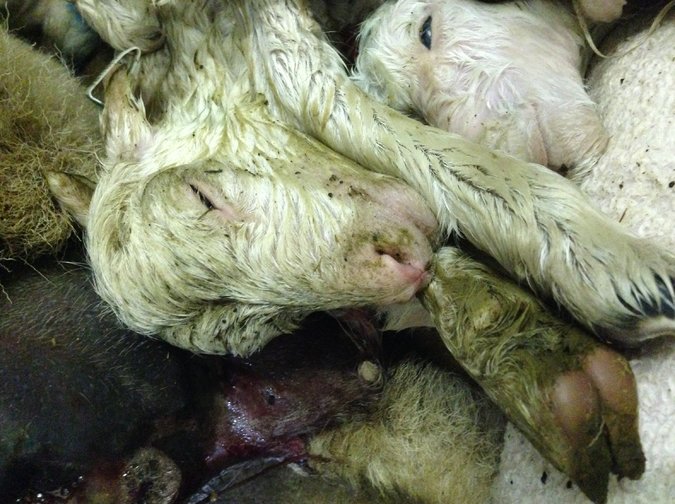
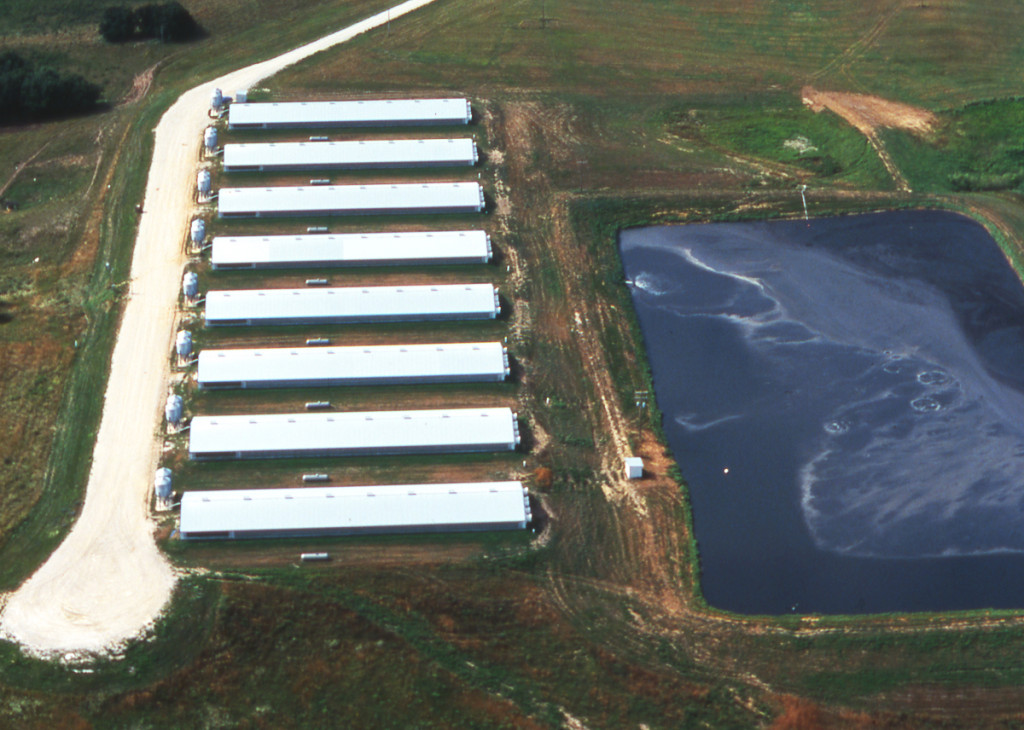
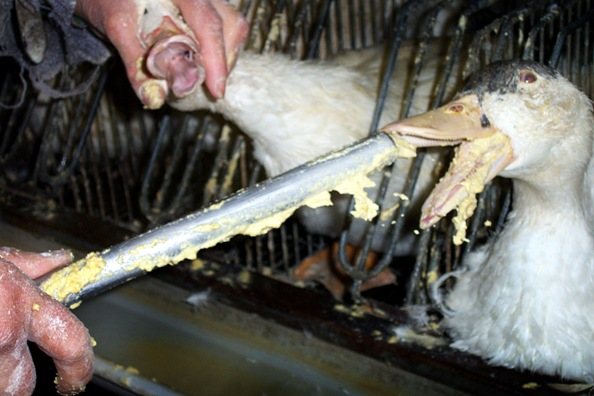

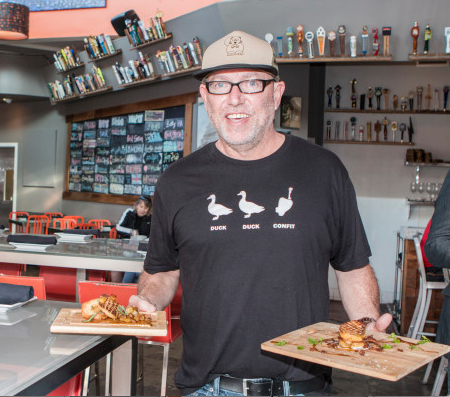

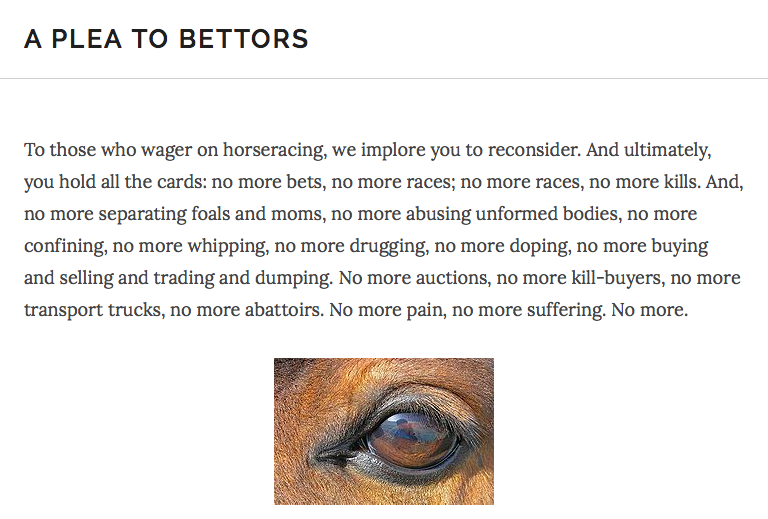


Follow Their Turn